Namhae Chungryeolsa Namhae's 2nd attraction

This is a shrine located in Noryang-ri, Seolcheon-myeon to honor the glorious achievement of Lee Sun-Sin, who fought and died at the Battle of Noryang, which was the last battle during the Imjin war.
Gwaneumpo Leechungmugong jeonmolyujeok Namhae's 5th attraction

The Admiral Lee's remains, located on the coast of Gwangeum-po, is where Admiral Lee Sun-sin's coffin first laid on the land. The Admiral's 8th grandchild, Lee Hang-kwon, gathered and had memorial service in 1832 (Sunjo 32), 234 years after Admiral passed away, and placed a tombstone and monument house and it is called Irak Temple.
The Admiral's theater is the nations' first domed stereoscopic theater with 138 seats and showrooms with spirits of Admiral Lee Sun-sin and the history of Japanese Invasion.
Geobukseon (Turtle Ship)

The Geobukseon (Turtle Ship) located in Noryang and was restored to its actual size on January 31, 1980 to carry out the spirit of Admiral Lee Sun-Sin by referring to the complete book of Admiral Lee Sun-Sin and related records and official endorsement by 16 academic experts such as Lee Eun-Sang
Estimated place of Tripitaka Koreana
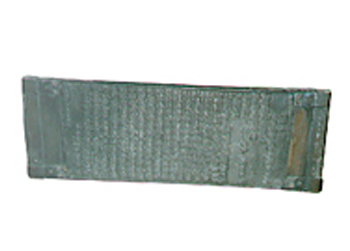
estimated as where Tripitaka Koreana was established, an international cultural heritage near Daesa-ri, Gwaneumpo Bay. Based on the record of Goryeo-Gukbunsa-Namhae-Daejangdogamgaepan on the last book of Jongryeong-Rokkwon(宗令錄券) and surveys of prospecting, we were able to figure out this by relics such as the whetstone, which sharpen the carving knives, and tile celadon porcelains.
Daeguksanseong
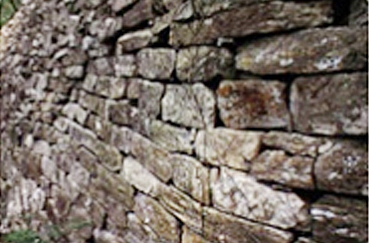
As the well-restored castle, Daeguksanseong is located on Mt. Daeguk, which is 376 m above sea level.
This is the boundary point for Seolcheon and is northeast of Seongsan Castle, which were Hyeon Castle. This is estimated to be built in the Three Kingdoms period and was used as exterior castle of Hyeon Castle. (Province Folk Material No. 19)
Castle of Namhae
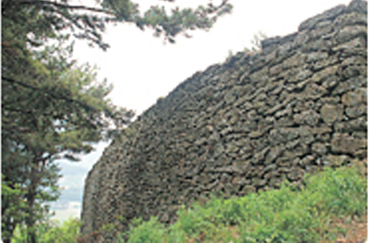
Namhae currently have a total of 21 castles. Based on literature, 10 of those were built during Joseon Dynasty and rest of them was built in Goryeo Dynasty or Silla Dynasty. Mt. Daeguk Castle and Imjin Castle are only castles that have its remains by being recently restored.
Mijojin Castle, Jeokryang Castle and Pyeongsan Castle were navy stationed and it was also used as Sangju artillery and Gokpo press. The Namhae-eup Castle, which has formed walls around the county office, is almost destroyed.
Jangryangsangdongjeong-Maaebi
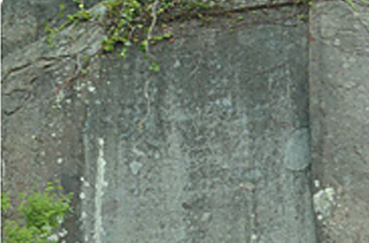
Jangryangsangdongjeong-Maaebi was made by Ming-dynasty's Generak Jang, Ryang Sang who tried to attack Japanese troops in Seonso Waeseong when Noryang naval battle was ended. (Province Folk Material No. 27)
Namhae Sangju-ri seokgak
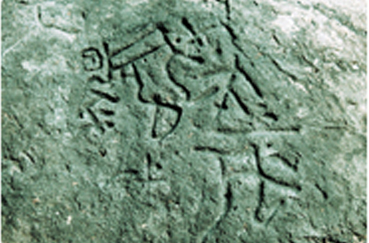
The carved stones in Sangju-ri have a legend that Seobul, the sevant of Chinese emperor, inscribed something when he was at Mt. Geum to find herb of eternal youth. (Province Folk Material No. 6)
Namhae Dajeong-ri Dolmen
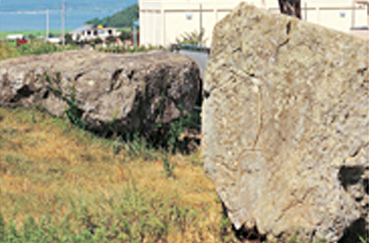
About more than 100 of dolmen, the representative relic of Bronze Age was found in Namhae.
The most famous among them are 11 dolmens in Dajeong-ri. Plain coarse pottery and Neolithic stone swords were found from dolmens in Dajeong. (Province Folk Material No. 62)
Namhae Hyanggyo
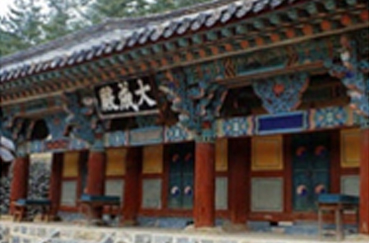
The Namhae Hyanggyo is located in mountains and Yongmun Temple is known as 2nd Bogwang Temple, which Buddhist Master Wonhyo established during Silla Dynasty
Dinosaur Fossils in Gain Coast
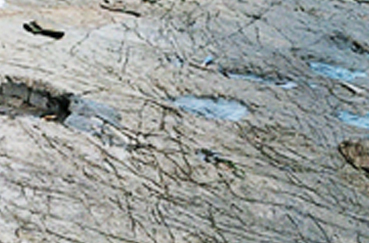
This is the top of Haman layer on the north shore of Gain-ri, Changseon-myeon. The quality of rock is fine sandstone and has dark gray color.
The direction of the stratum is toward Namgu and the slope is toward east (seaward) and is about 30 degrees. In 1996, the footprints of pterosaurs were found and announced but based on numerous studies of relevant scholars, it was temporarily concluded that it could be Theropoda. (Natural monument No. 499)

